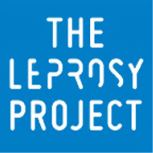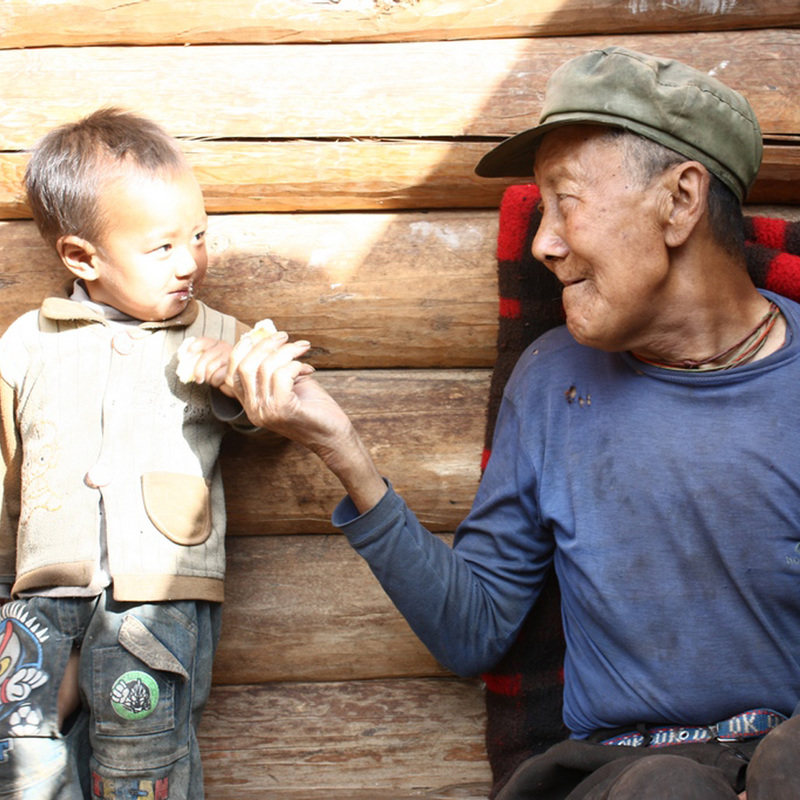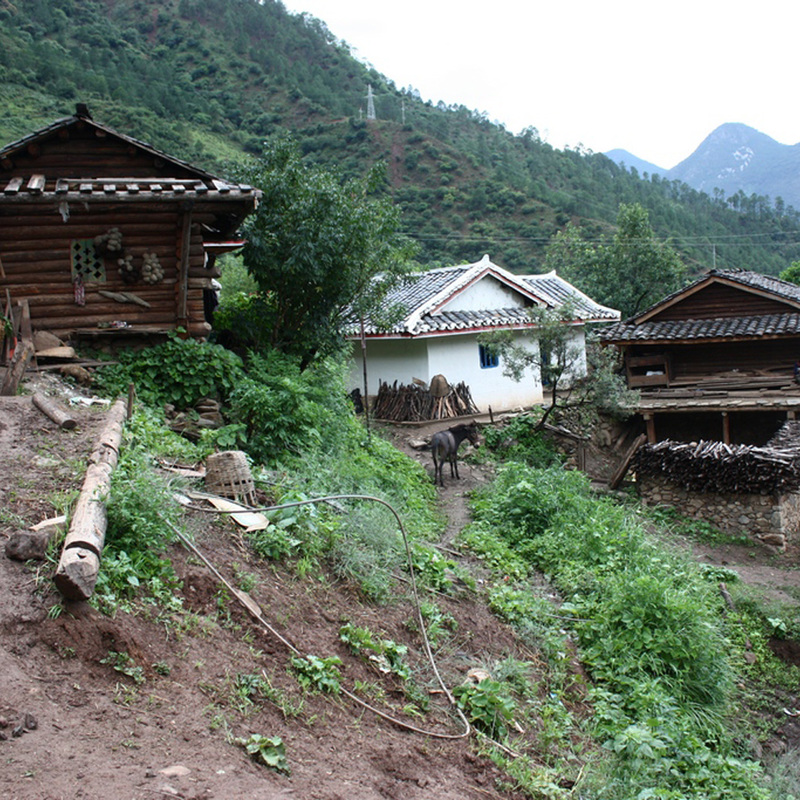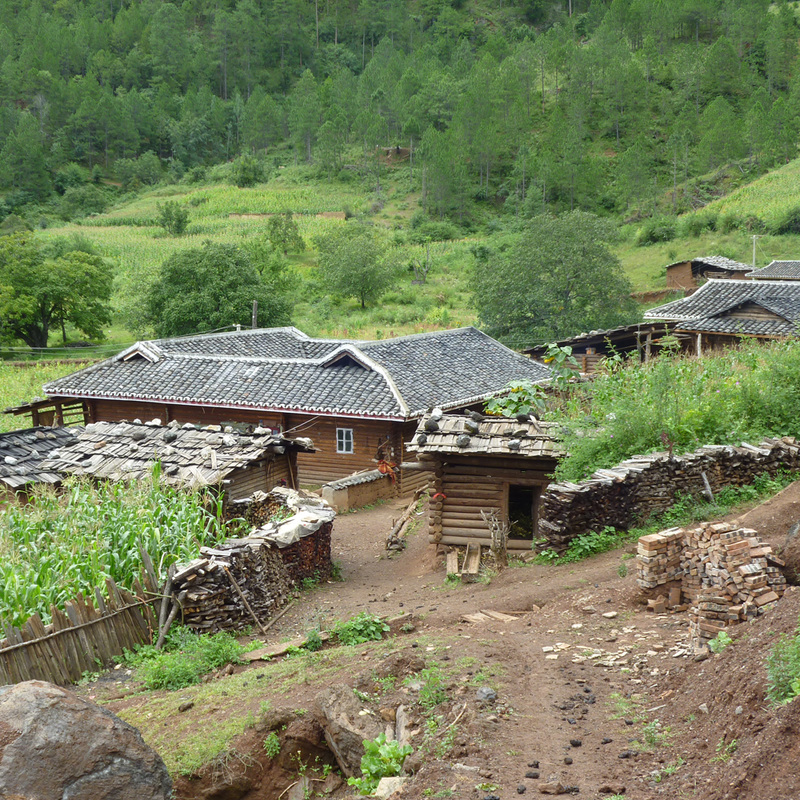The Leprosy Project serves 16 villages in this mountainous area of Sichuan. Click on the links below to see our areas of operations:
Butuo Ganluo Huidong Huli Jinyang Leibo Luding Meigu Mianning Puge Xide Yanbian Yanyuan Yuexi Zhaojue
|
Muli
Gan Hai Xi Village Year of Establishment: 1962 as Leprosy Village Population: 101 Villagers living in 3 hamlets Ethnicity: Mostly Tibetan with some Yi People Affected by Leprosy: 25 (24 with visible disabilities) Geography: The Village is divided into 3 hamlets, the first and the second are located on higher altitude of 30 minutes walk apart; the third hamlet is located at lower level of the mountain which is 20 minutes walk from the second. The village is located in the middle of the mountain valley about 2600 metres above sea-level; with magnificent scenery. Economy: There are 170 mu of arable fertile land. Villagers grow maize, rice and wheat as their major food supplies; they also grow cabbage, chili, celery and potato. Land was equally divided to each household in the past. As a result, those households with larger number of members are now facing problems of insufficient land to cultivate. Villagers are able to collect enough dried wood for fuel in the forest. Younger members of the villagers are mostly working in the cities to support their families. Infrastructure: It took one and a half days of car ride from Xichang to Muli Township and another 3 hours drive in the forest to access to the village. There is new direct road access from Xichang to Gan Hai Zi Village which saves the traveling time greatly. There is stable electricity and water supply. Villagers now live in better quality houses built by wood logs instead of mud houses with simple furniture made by wood as they have very good forest resources. There was a clinic that was built years ago which had been destroyed; they now have to walk 3.5 hours to access to the nearest township clinic. Education: There is one school with one teacher and classroom in the village; there are 12 students and all are in primary 1; as most of the children have to work to supplement their family income, class skipping is common. There is only one villager with education up to primary 4; he is the most educated in the village. |





